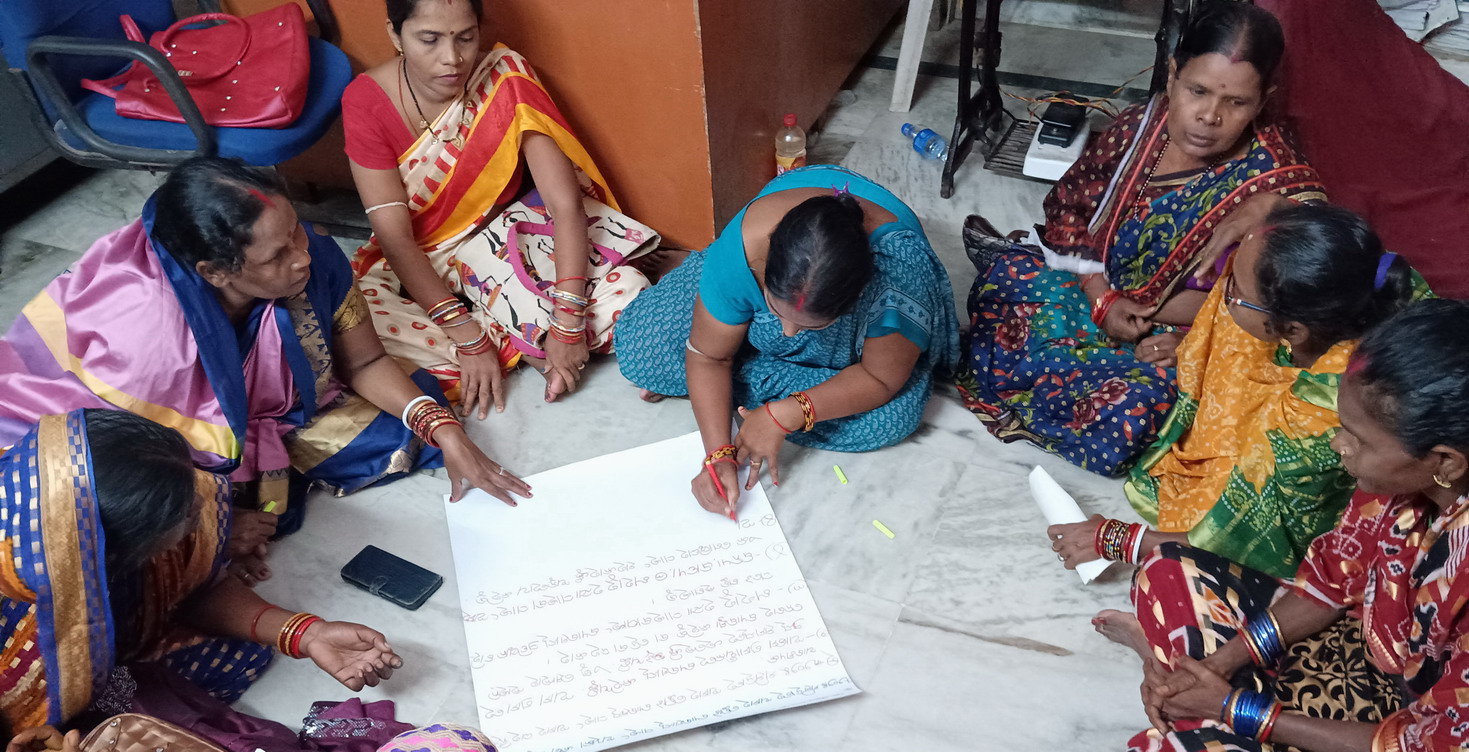By Mihir R. Bhatt, AIDMI, India
Since 2014 when AIDMI started its work on extreme heat as a follow-up to IPCC’s Special Report on Managing the Risks of Extreme Events and Disasters to Advance Climate Change Adaptation (SREX), AIDMI found that extreme heat events are becoming more frequent and severe due to climate change caused by the way we live, posing challenges to public health, livelihoods, and nature itself. To build resilience, collective knowledge—spanning scientific research, traditional wisdom, and community-led initiatives—must be harnessed effectively at local level under the leadership of affected population. A collaborative local approach ensures extreme heat adaptation strategies are inclusive and actionable. Here is a way ahead for advancing extreme heat adaptation. It is coming out of the contributions by the leading practitioners in South Asia.
- Ensuring Policy Support for Funding: Sustained policy backing and sustained financial investment are essential for effective adaptation. Governments should allocate resources for research and implementation in the hands of affected people and those who directly work with them. Climate risk insurance and public-private partnerships support long-term resilience. Sadly, hardly any policy mentions amounts and sources of funding, AIDMI has found in its work.
- Integrating Adaptation into Urban and Rural Planning: Urbanisation intensifies extreme heat. Strategies such as increasing green spaces, implementing universal cool roofs, and designing heat-resilient infrastructure mitigate these effects. Rural areas can adopt mulching and agroforestry to reduce heat stress on grain and horticulture crops. More adaptations measure a can directly be exchanged between towns and villages.
- Up Scaling Community-Led Adaptation Initiatives: Empowering communities to lead adaptation efforts ensures sustainability. Programmes like Mahila Housing Trust’s heat insurance show the effectiveness of community-driven approaches. Engaging marginalised groups fosters inclusive solutions on the ground.
- Enhancing Knowledge Platforms: Efficient local and lateral knowledge-sharing mechanisms, including digital platforms, workshops, and community forums, help disseminate best practices. Case studies and visual tools like photovoice make adaptation knowledge more accessible and practical to all.
- Strengthening Collaborative Networks: Collaboration among governments, researchers, NGOs, and local communities to start with is crucial. Platforms such as the Adaptation Research Alliance (ARA) and the Tracking, Learning, and Sharing (TLS) initiative facilitate knowledge exchange where it matters the most, helping to scale adaptation strategies first locally in South Asia.
- Integrating Local Knowledge: Local communities have long adapted to extreme weather using traditional techniques. Practices such as mud-built houses, community water storage systems, and agricultural modifications offer insights into natural cooling and water conservation. Combining these only where and when needed, with modern science enhances adaptation.
- Embedding Socio Historic Contexts in Adaptation: Adaptation strategies must consider the socio-economic and historical contexts of affected communities first, as AIDMI work indicates. Small businesses and informal workers need tailored interventions, such as cooling spaces and financial support before heatwaves strike especially in urban areas.
- Bridging Research and Action: A gap often exists between scientific research and real-world implementation. Policymakers must translate climate data into action. Fine-scale climate risk assessments, integrated with ground-level observations, enable more targeted interventions by local communities.
- Strengthening Early Warning and Anticipatory Action Systems: Investing in early warning systems and preparedness plans is critical. Cities like Ahmedabad, India, have implemented Heat Action Plans (HAPs) that include public awareness campaigns, emergency response measures, and cool roof programmes that address challenges of South Asia.
- Fostering Interconnected Approaches: Extreme heat adaptation must be integrated across to start with, health, infrastructure, agriculture, and economic planning. Collaborative approaches ensure interventions complement one another. Improved building designs and settlement planning reduce energy consumption and benefit public health.
Harnessing collective local knowledge of affected population is essential for developing effective extreme heat adaptation strategies in South Asia. Strengthening collaboration, integrating Indigenous wisdom, improving knowledge-sharing, and embedding adaptation into policy and planning will help communities become more resilient against extreme heat. The way forward requires a multidisciplinary and participatory approach to ensure no one is left behind.
